C-cell batteries are cylindrical dry batteries commonly used to provide power to various electronic devices. With a standard voltage of 1.5 volts, these batteries strike a balance between size and capacity. They are larger than AA and AAA batteries but smaller than D-cell batteries, making them versatile for use in medium-drain devices.
Application and capacity of C-cell batteries
Whether for lithium or lead-acid components, C-cell batteries are built for compatibility. It means that they can power a wide range of devices without causing any conflicts or damage. The 1.5v C-cell batteries find widespread applications. Flashlights, portable radios, toys, instruments, and small appliances are among the common gadgets that rely on the power provided by them. Their larger size allows them to store more energy, making them suitable for devices that require moderate power consumption over an extended period. While C-cell batteries are popular choices for powering electronic devices, users should also consider the battery capacities. The capacity of C-cell batteries varies depending on the specific brand, the battery chemistry (alkaline, lithium, etc.), and discharge conditions. For general reference, alkaline C-cell batteries typically have a storage capacity in the range of approximately 7,000 to 8,000 mAh. This capacity represents the amount of charge the battery can theoretically deliver over one hour. Rechargeable C-cell batteries, often using nickel-metal hydride (NiMH) chemistry, can have capacities up to 6,000 mAh. Their capacity may be affected by factors such as the rate of discharge and the number of charge-discharge cycles they have undergone. Yet, for the most accurate capacity information, users shall always check the specifications the battery manufacturers provide.
Can C-cell batteries be recharged?
A wide range of primary and rechargeable C-cell batteries for sale is available on the market. For those seeking a sustainable power solution, rechargeable C-cell batteries are an excellent choice. Unlike the primary alkaline C-cell batteries that are non-rechargeable, C-cell batteries of such chemistries as lithium polymer and lithium-ion, for example, NiCad C-cell batteries allow users to recharge and reuse multiple times. Compared to their primary counterparts, rechargeable C-cell batteries have an extended lifespan. Usually recharged from 500 to 800 times, they prove to be an economical option. However, they require a separate compatible charger to charge properly, while some are built into the device for greater convenience in charging.
Precautions when using C-cell batteries
Using C-cell batteries in compliance with the instructions provided is crucial to ensure safety and optimal battery performance. Avoid mixing old and new batteries since mixing batteries of different ages or capacities can lead to uneven discharging. Besides, C-cell batteries should be stored in a cool, dry place, away from sunlight or extreme temperatures; high temperatures can accelerate chemical reactions with the battery and shorten its longevity. Users shall always use the correct type of battery specified by the device manufacturer. Also, overcharging or using the wrong charger for rechargeable batteries may lead to battery dysfunction and explosion. It is always advisable to follow the C-cell battery and device instructions at use.


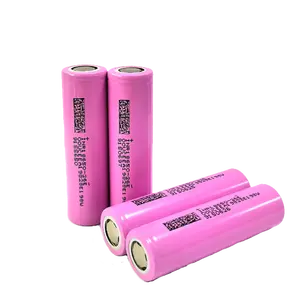

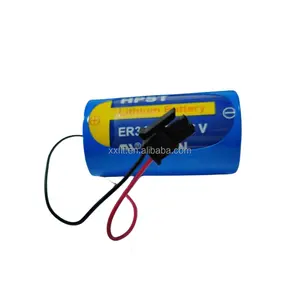



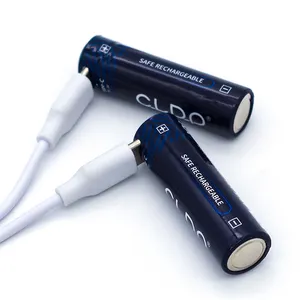
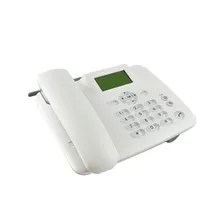



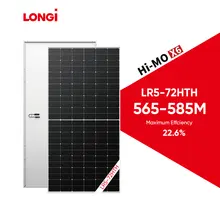



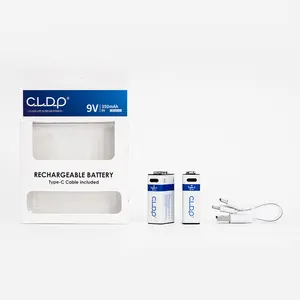

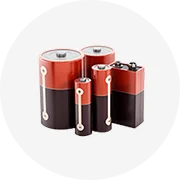
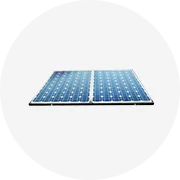
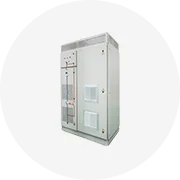
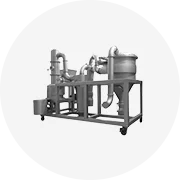

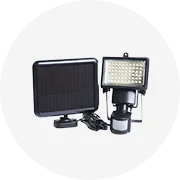
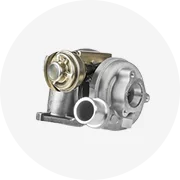
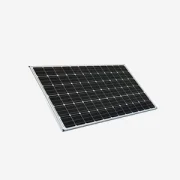








 浙公网安备 33010002000092号
浙公网安备 33010002000092号 浙B2-20120091-4
浙B2-20120091-4